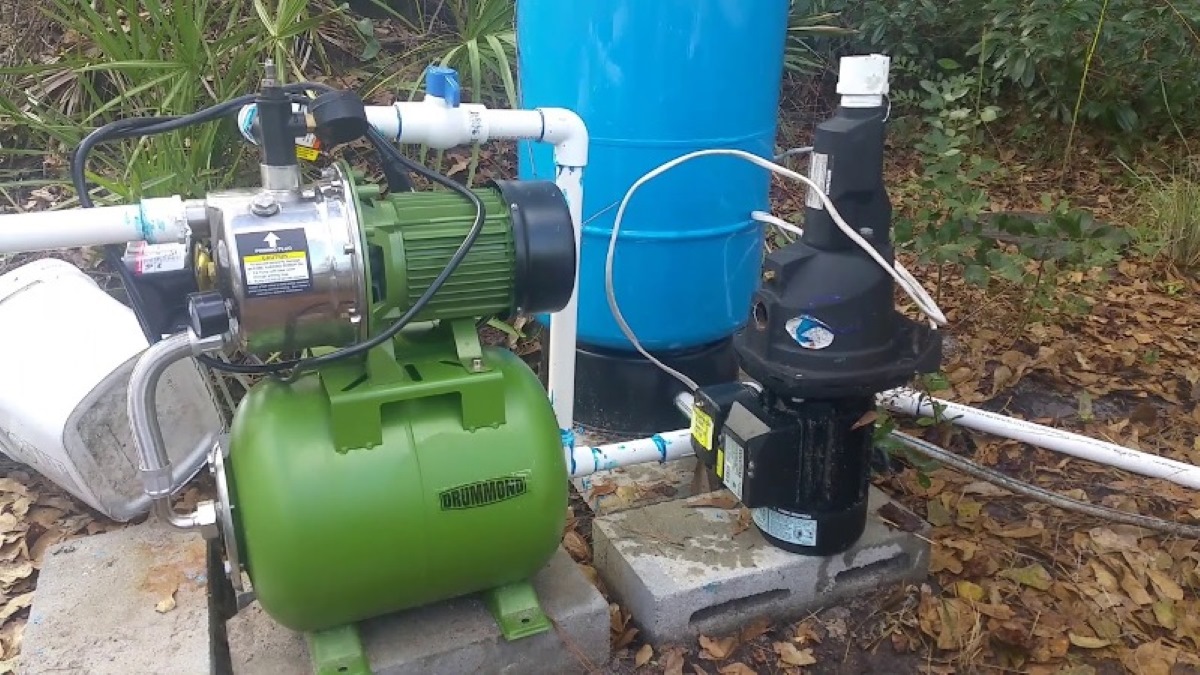

Articles
How Does Water Pump Work
Modified: January 19, 2024
Discover the inner workings of water pumps in this comprehensive article. Learn how they function and why they are vital for various applications.
(Many of the links in this article redirect to a specific reviewed product. Your purchase of these products through affiliate links helps to generate commission for Storables.com, at no extra cost. Learn more)
Introduction
Water pumps are an essential component of various systems and processes. From supplying water to residential and commercial buildings, to facilitating irrigation in agriculture, and supporting industrial operations, water pumps play a crucial role in our everyday lives. Understanding how water pumps work can give us a better appreciation of their importance and help us troubleshoot common issues that may arise.
In this article, we will explore the key components of a water pump, the different types of water pumps commonly used, and how they work. We will also discuss some common problems that can occur with water pumps and provide maintenance tips to keep them running smoothly.
Whether you’re a homeowner looking to improve your understanding of household water systems or an entrepreneur managing a large-scale irrigation project, this article will provide you with valuable insights into the functioning of water pumps.
Key Takeaways:
- Understanding the components and functioning of water pumps is crucial for troubleshooting common issues and ensuring reliable water flow in residential, agricultural, and industrial settings.
- Regular maintenance, including cleaning, lubrication, seal inspection, and pressure monitoring, is essential for extending the lifespan of water pumps and preventing unnecessary repairs.
Read more: How Does Hand Water Pump Work
Components of a Water Pump
A water pump is composed of several essential components that work together to ensure the efficient movement of water. Understanding these components can help us grasp the inner workings of a water pump.
1. Impeller: The impeller is a crucial part of a water pump. It consists of curved blades that rotate when the pump is turned on. The rotation of the impeller creates centrifugal force, which pushes the water out of the pump and into the system.
2. Volute: The volute is a curved casing that surrounds the impeller. Its purpose is to collect the water discharged by the impeller and direct it towards the pump outlet.
3. Seals: Seals prevent leaks and maintain the integrity of the pump. They are typically made of rubber or other materials that can withstand the pressure and corrosive properties of water.
4. Motor: The motor is responsible for driving the impeller’s rotation. It can be powered by electricity, gasoline, diesel, or other energy sources depending on the type of water pump.
5. Suction and Discharge Ports: The suction port is where water enters the pump, while the discharge port is where the water is expelled from the pump. These ports are strategically positioned to ensure efficient water flow.
6. Housing: The housing encloses the internal components of the water pump, providing protection and support.
7. Priming Mechanism: Some water pumps require priming, which is the process of filling the pump with water to create the initial suction needed to start moving water. This mechanism ensures that the pump is ready to operate efficiently.
Each component of a water pump serves a specific purpose in maintaining a continuous flow of water. Understanding these components can help us diagnose issues and repair or replace them as needed, ensuring the optimal performance of the water pump.
Types of Water Pumps
Water pumps come in a variety of types, each designed for specific purposes and applications. Here are some of the most commonly used types of water pumps:
1. Centrifugal Pump: This is the most common type of water pump. It works on the principle of centrifugal force to generate pressure and move water. The impeller rotates rapidly, creating a low-pressure zone at the center, which draws in water from the suction port and propels it towards the discharge port.
2. Submersible Pump: Submersible pumps are designed to be fully submerged in water. They are commonly used for deep well applications, drainage, and wastewater pumping. Submersible pumps are hermetically sealed to prevent water from entering the motor, allowing them to operate safely underwater.
3. Jet Pump: Jet pumps are versatile and can be used for both shallow and deep well applications. They work by creating a vacuum that draws water from the well, using an impeller and a nozzle system. Jet pumps are often used in residential households for water supply.
4. Diaphragm Pump: Diaphragm pumps use a flexible diaphragm to create a suction and discharge mechanism. They are commonly used in applications where a steady flow of liquid is required, such as irrigation systems and agricultural spraying.
5. Positive Displacement Pump: Unlike centrifugal pumps, positive displacement pumps deliver a fixed volume of liquid per cycle. They are suitable for applications that require high pressure and precise flow control, such as firefighting or oil refineries.
6. Well Point Pump: Well point pumps are specifically designed for dewatering purposes. They are used to lower the water table in construction sites or areas prone to flooding, allowing construction or excavation work to proceed efficiently.
7. Booster Pump: Booster pumps are used to increase water pressure in plumbing systems. They are commonly found in residential and commercial buildings to ensure adequate water flow to upper levels or distant areas.
These are just a few examples of the many types of water pumps available. Each type offers unique features and advantages, making them suitable for different applications. Selecting the right type of water pump depends on factors such as flow rate, pressure requirements, and the specific needs of the system or project.
How Does a Water Pump Work?
A water pump functions by utilizing mechanical energy to move water from one location to another. While the exact workings may vary depending on the type of pump, the basic principle remains the same: creating suction and pressure to facilitate water movement.
1. Priming: Before starting the water pump, it may need to be primed. This involves filling the pump casing or suction line with water to remove any air pockets. Priming ensures that the pump can effectively create suction and initiate the water flow.
2. Suction: Once primed, the water pump uses an impeller, typically rotated by a motor, to create centrifugal force. As the impeller spins, it creates a low-pressure zone at the center, causing water to be drawn in through the suction port.
3. Centrifugal force: The spinning impeller imparts kinetic energy to the water. As the water moves outward towards the outer edges of the impeller blades, the centrifugal force increases, creating pressure within the pump.
4. Discharge: The pressurized water is then pushed out from the pump through the discharge port. The volute, a curved casing surrounding the impeller, collects the water and directs it towards the outlet.
5. Continuous flow: As long as the pump is running, the impeller’s rotation generates a continuous flow of water from the suction port to the discharge port. The speed and efficiency of the pump depend on factors such as impeller design, motor power, and the characteristics of the fluid being pumped.
It is important to note that different types of water pumps may have variations in their mechanisms. Some pumps may require additional systems, such as jet nozzles or diaphragms, to enhance the suction and discharge process. However, the fundamental principle of creating centrifugal force to move water remains at the core of most water pump designs.
By understanding how a water pump works, users can troubleshoot any issues that may arise, assess performance, and make informed decisions regarding maintenance and repairs. Regular inspection and maintenance of the pump system can help ensure its longevity and optimal functioning.
Make sure to regularly check and maintain the water pump to ensure it is working efficiently. This includes checking for any leaks, replacing worn out parts, and keeping the pump clean to prevent clogs.
Common Problems with Water Pumps
While water pumps are designed to be durable and reliable, they can experience issues over time. Understanding common problems that may arise can help diagnose and address them promptly to avoid further damage. Here are some common problems with water pumps:
1. Lack of water flow: One of the most common issues is a lack of water flow or reduced water pressure. This can be caused by clogged suction lines, blocked filters, or a malfunctioning impeller. Regularly cleaning and maintaining these components can prevent this problem.
2. Leaks: Leaks are another common problem in water pumps. They can occur at various points, such as seals, gaskets, or connections. Over time, these components may degrade or become damaged, leading to water leakage. Inspecting and replacing faulty seals and gaskets can help resolve this issue.
3. Noise: Unusual noises coming from the water pump can be an indication of problems. This may be caused by loose or worn-out components, such as impeller blades, bearings, or motor parts. Proper lubrication, tightening of connections, and regular maintenance can help reduce noise and extend the lifespan of the pump.
4. Motor issues: Water pump motors can experience various issues, such as overheating, tripping circuit breakers, or motor failure. These problems may be caused by voltage fluctuations, excessive load, or a faulty motor. It is important to ensure proper electrical connections and consult a professional if motor issues persist.
5. Priming difficulties: Some water pumps require priming to create suction and initiate the water flow. If the pump struggles to prime or loses prime frequently, it can indicate problems with the priming mechanism, air leaks in the system, or a faulty check valve. Checking and repairing these components can help maintain proper pump priming.
6. Uneven water pressure: Inconsistent water pressure can be a sign of issues within the pump or the plumbing system. It may be caused by a malfunctioning pressure switch, obstructions in the pipes, or improper system design. Identifying and addressing these problems can ensure stable and uniform water pressure.
7. Excessive vibration: Excessive vibration can lead to wear and tear on the pump components, causing premature failure. It may be due to misalignment, worn-out bearings, or an unbalanced impeller. Regular inspection, alignment checks, and replacing worn-out parts can help reduce vibration and enhance pump performance.
It is important to address these problems promptly to avoid further damage to the water pump and the associated plumbing system. Consulting a professional or a qualified technician can provide a thorough diagnosis and effective solutions for specific pump issues.
Read more: How Does An Electric Water Pump Work
Maintenance Tips for Water Pumps
Maintaining water pumps regularly is essential to ensure their longevity and optimal performance. By following these maintenance tips, you can keep your water pump running smoothly:
1. Regular inspection: Schedule periodic inspections to identify any signs of wear, leaks, or damage. Look for cracks, loose connections, and worn-out components. Pay attention to the motor, impeller, seals, and gaskets. Promptly address any issues that you notice.
2. Cleaning: Regularly clean the inlet strainer or filter to remove debris and prevent clogs. Clear any blockages that may restrict water flow and compromise pump performance. This is especially important for pumps used in irrigation systems or where water with high sediment content is involved.
3. Lubrication: Check the pump’s motor and bearings regularly and lubricate as necessary. Proper lubrication reduces friction and helps prevent overheating and premature wear. Make sure to use the recommended lubricants specified by the manufacturer.
4. Seal inspection and replacement: Inspect the seals for wear and tear or signs of leakage. Replace worn-out seals promptly to prevent water leaks and maintain the pump’s efficiency. Keeping the seals in good condition is crucial for preventing damage to the motor and other internal components.
5. Alignment checks: Check the alignment of the motor and the pump shaft regularly. Misalignment can cause vibration, excessive wear, and pump failure. Make adjustments as needed to ensure proper alignment and reduce strain on the pump.
6. Monitor the pressure: If your water pump is equipped with a pressure gauge, regularly monitor the pressure levels. Abnormal fluctuations in pressure can indicate issues with the pump or the system. Take appropriate measures to address any pressure-related problems to prevent damage to the pump and plumbing system.
7. Follow recommended usage guidelines: Ensure that you operate the water pump within the recommended specifications and guidelines provided by the manufacturer. Unnecessary strain or overload on the pump can lead to premature wear and reduced efficiency.
8. Store properly: If you need to store the water pump for an extended period, ensure it is stored in a clean and dry area. Protect the pump from dust, moisture, and extreme temperatures. Follow the manufacturer’s instructions for long-term storage to prevent damage to the pump components.
By following these maintenance tips, you can extend the lifespan of your water pump, prevent unnecessary repairs, and ensure reliable water flow for your intended applications.
Conclusion
Water pumps are integral to various systems and processes, from providing water supply to residential and commercial buildings, to facilitating agricultural irrigation and supporting industrial operations. Understanding how water pumps work and knowing the common problems they may encounter can help us maintain their optimal functionality and address issues promptly.
In this article, we explored the components of a water pump, including the impeller, volute, seals, motor, and housing. We also discussed the different types of water pumps, such as centrifugal pumps, submersible pumps, and jet pumps, each with their specific applications and advantages.
Understanding the functioning of a water pump is crucial for troubleshooting common issues that may arise. Problems like lack of water flow, leaks, motor issues, and priming difficulties can be identified and resolved with proper inspection and maintenance. Regular cleaning, lubrication, seal inspection and replacement, alignment checks, and pressure monitoring are key maintenance steps to ensure the longevity and efficiency of water pumps.
By following these maintenance tips and adhering to recommended usage guidelines, we can keep our water pumps in optimal condition, avoid unnecessary repairs, and ensure reliable water flow in our everyday lives. Regular inspections, prompt problem-solving, and professional assistance when needed will help ensure the smooth operation of our water pump systems.
Remember, maintenance is key when it comes to water pumps. Taking the time to care for your water pump will help extend its lifespan, prevent costly repairs, and ensure that water flows efficiently for your various needs.
Frequently Asked Questions about How Does Water Pump Work
Was this page helpful?
At Storables.com, we guarantee accurate and reliable information. Our content, validated by Expert Board Contributors, is crafted following stringent Editorial Policies. We're committed to providing you with well-researched, expert-backed insights for all your informational needs.
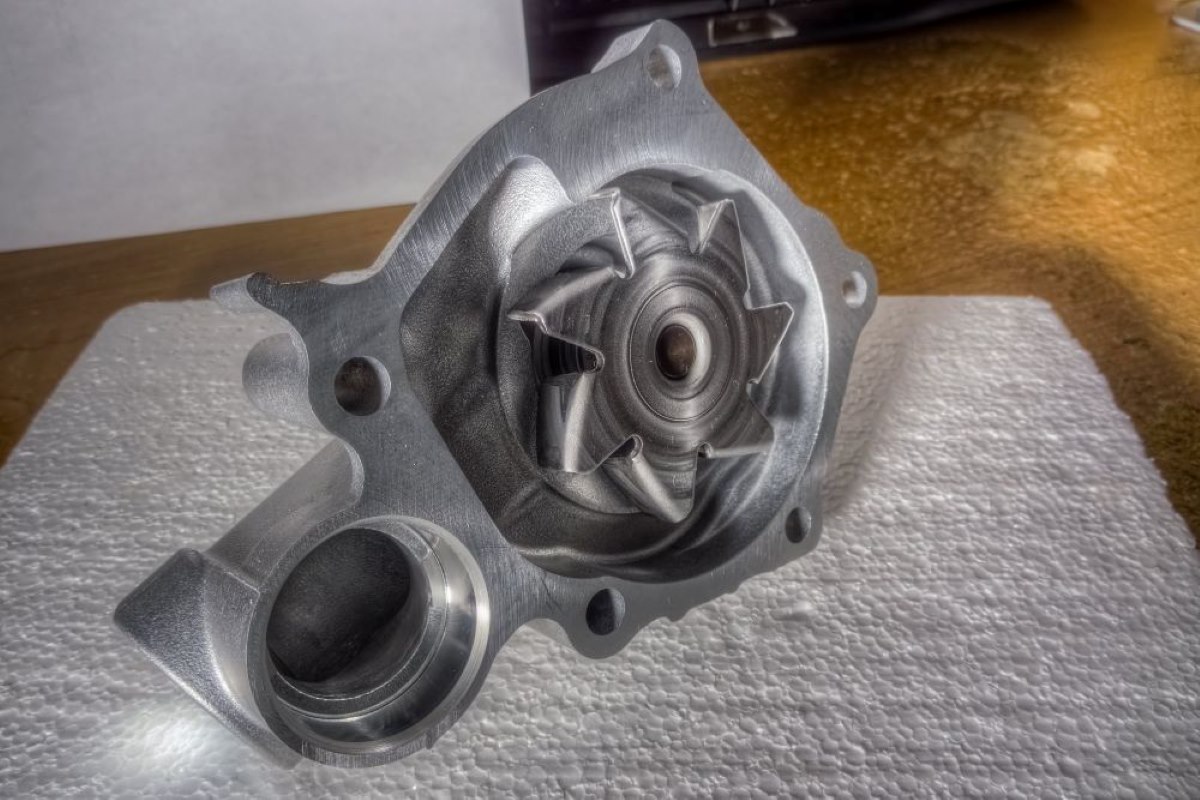
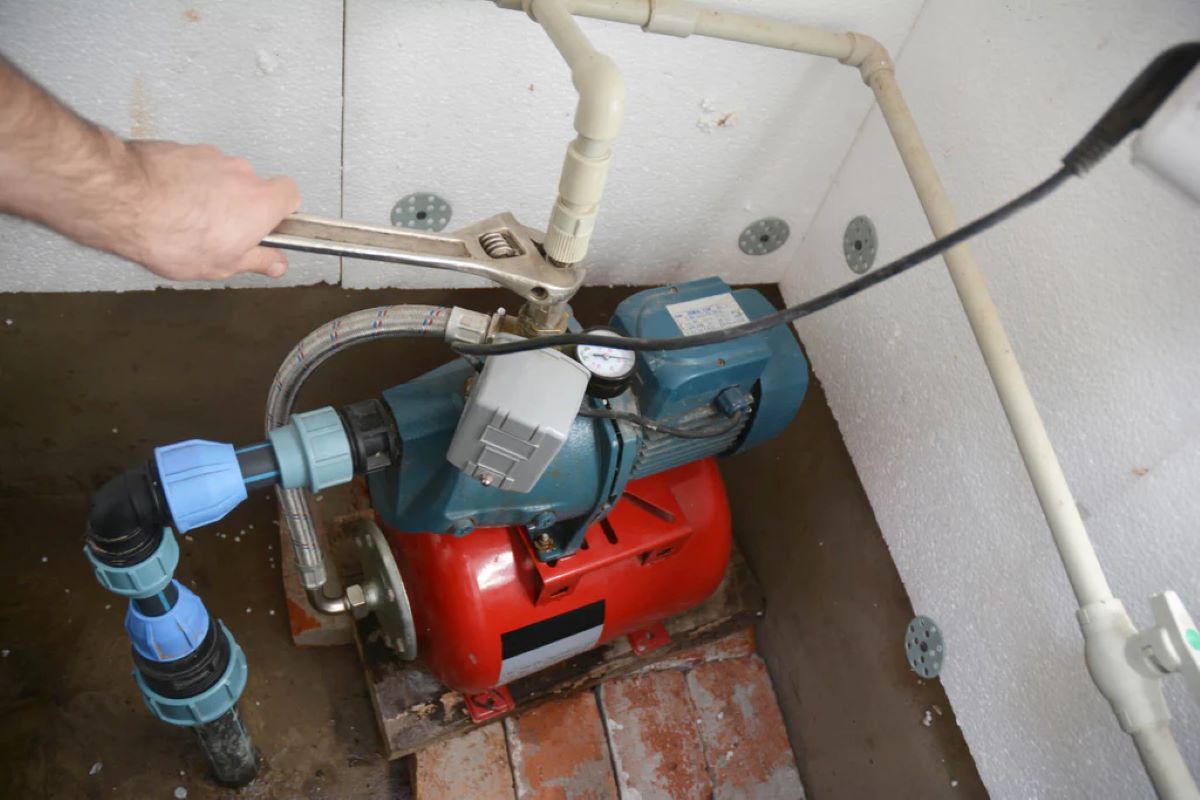
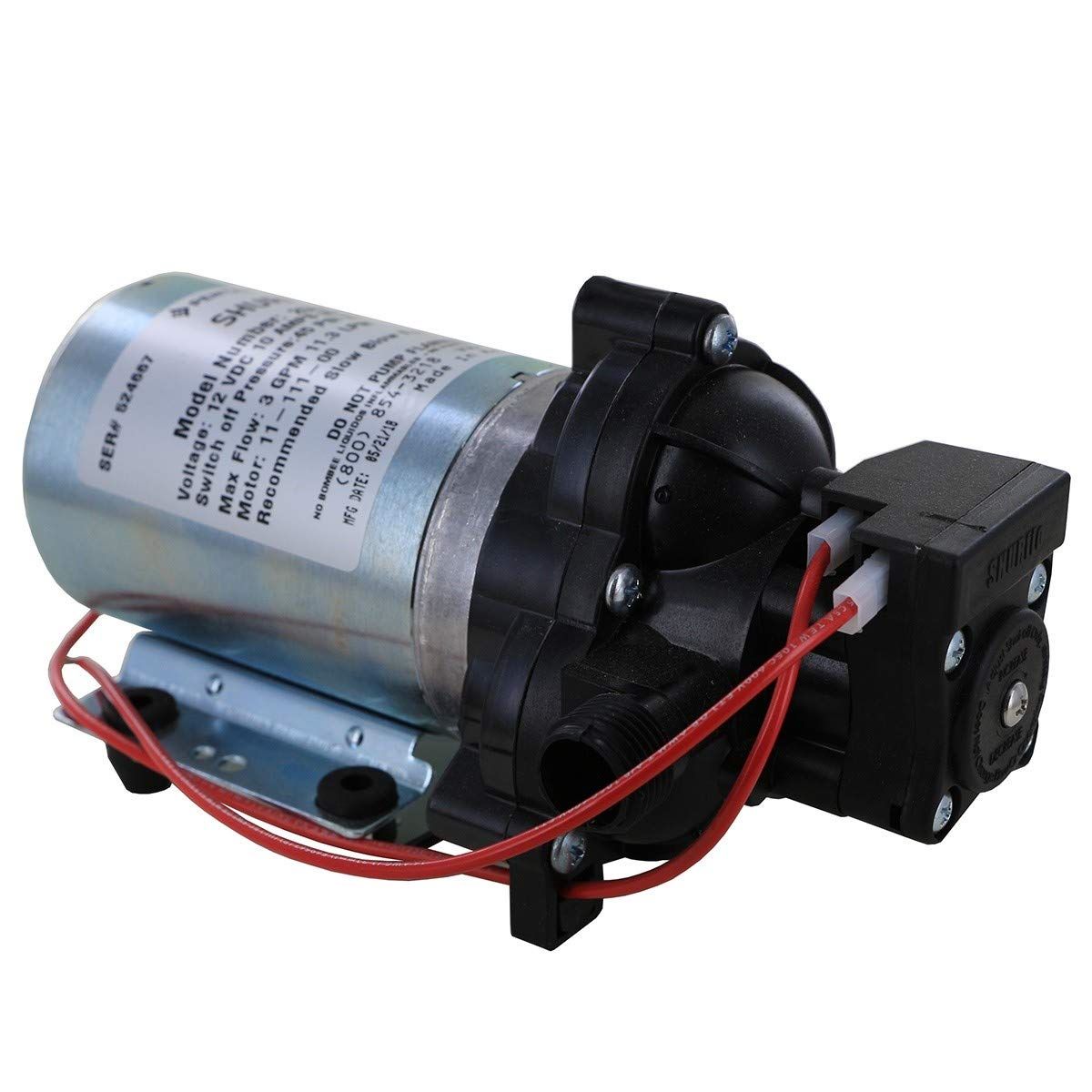
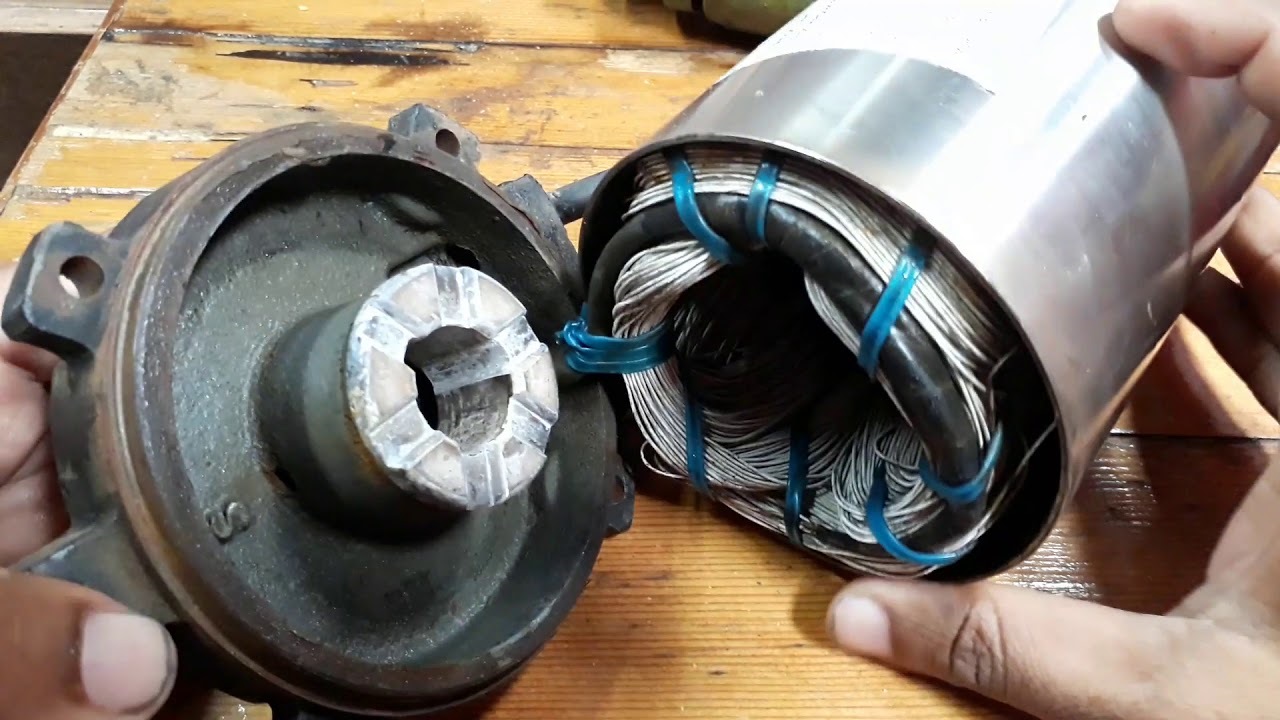
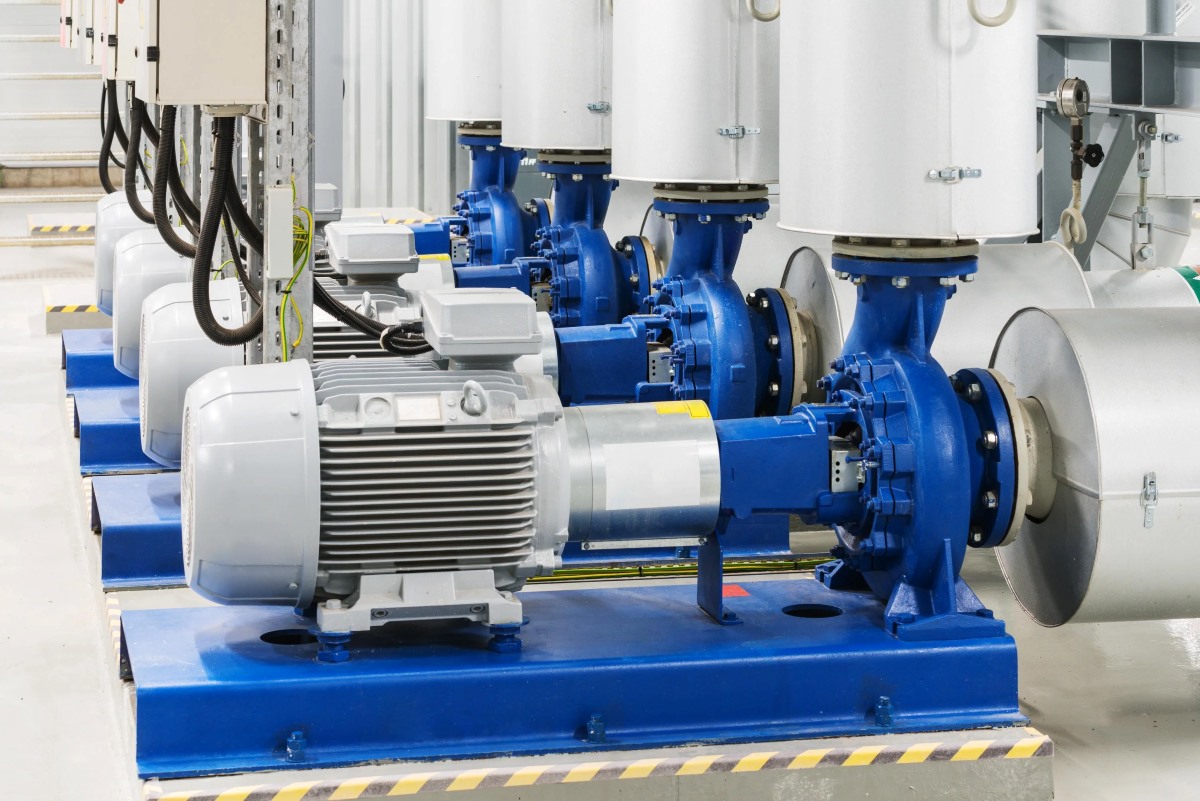
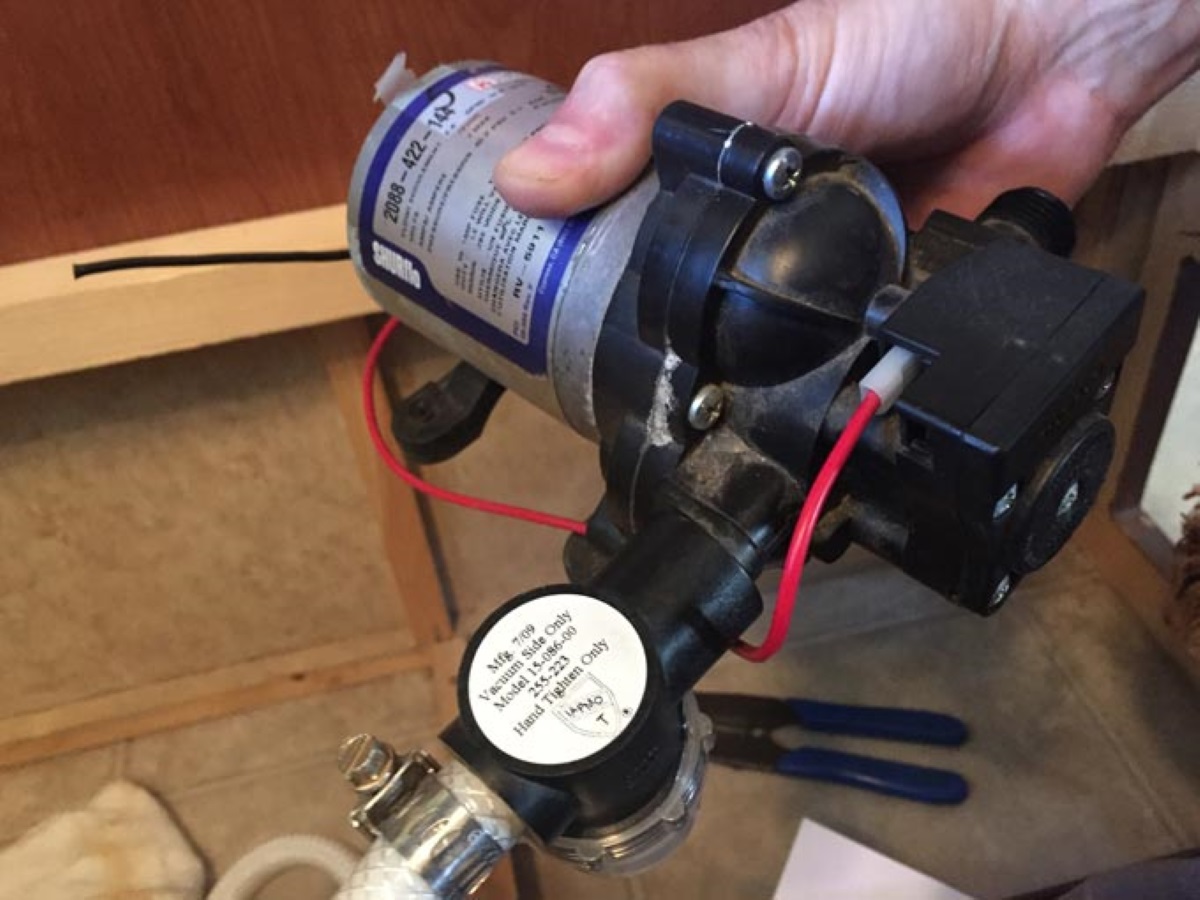
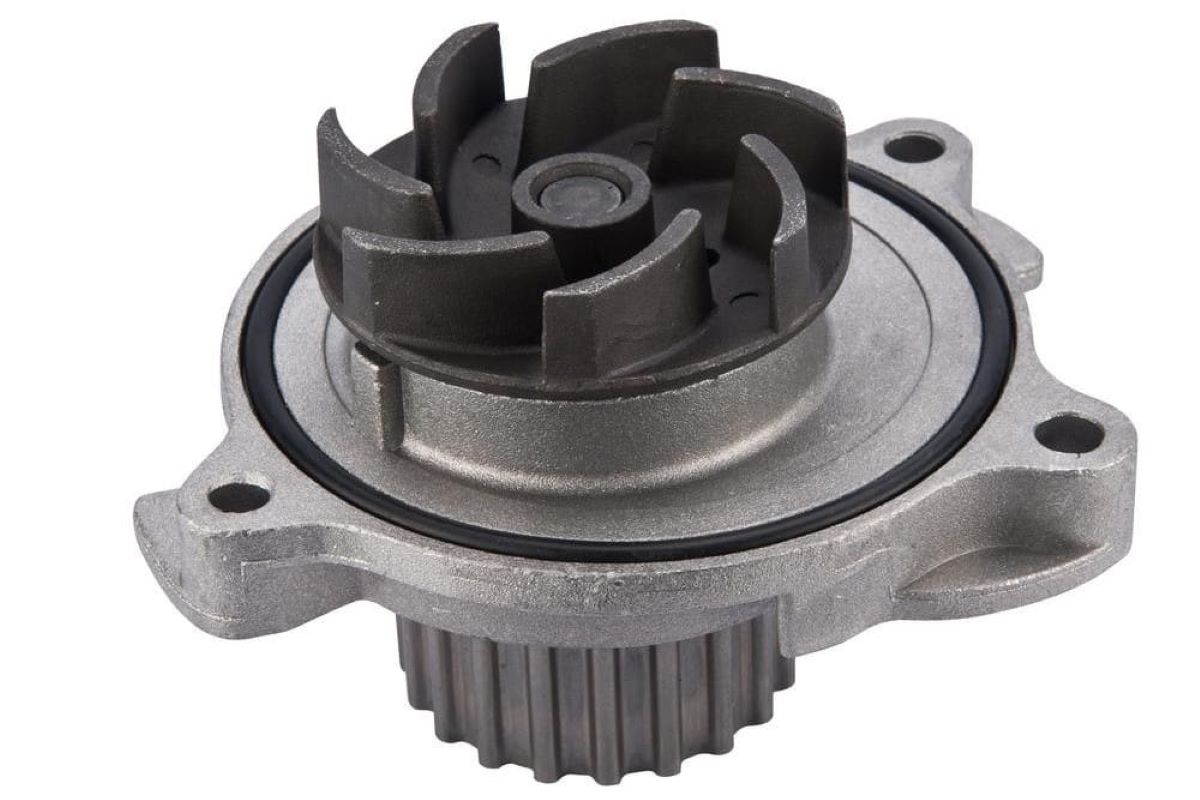
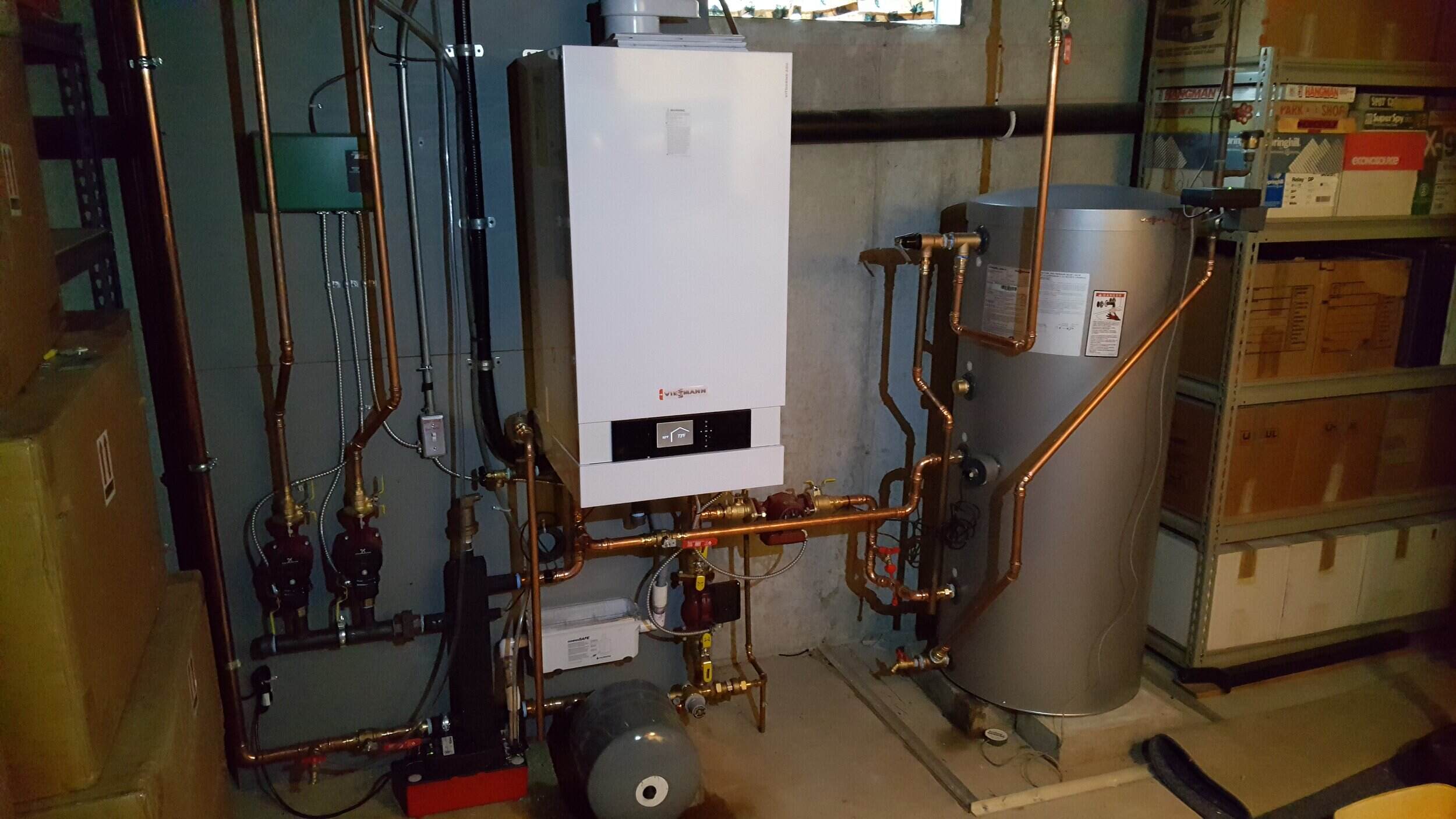
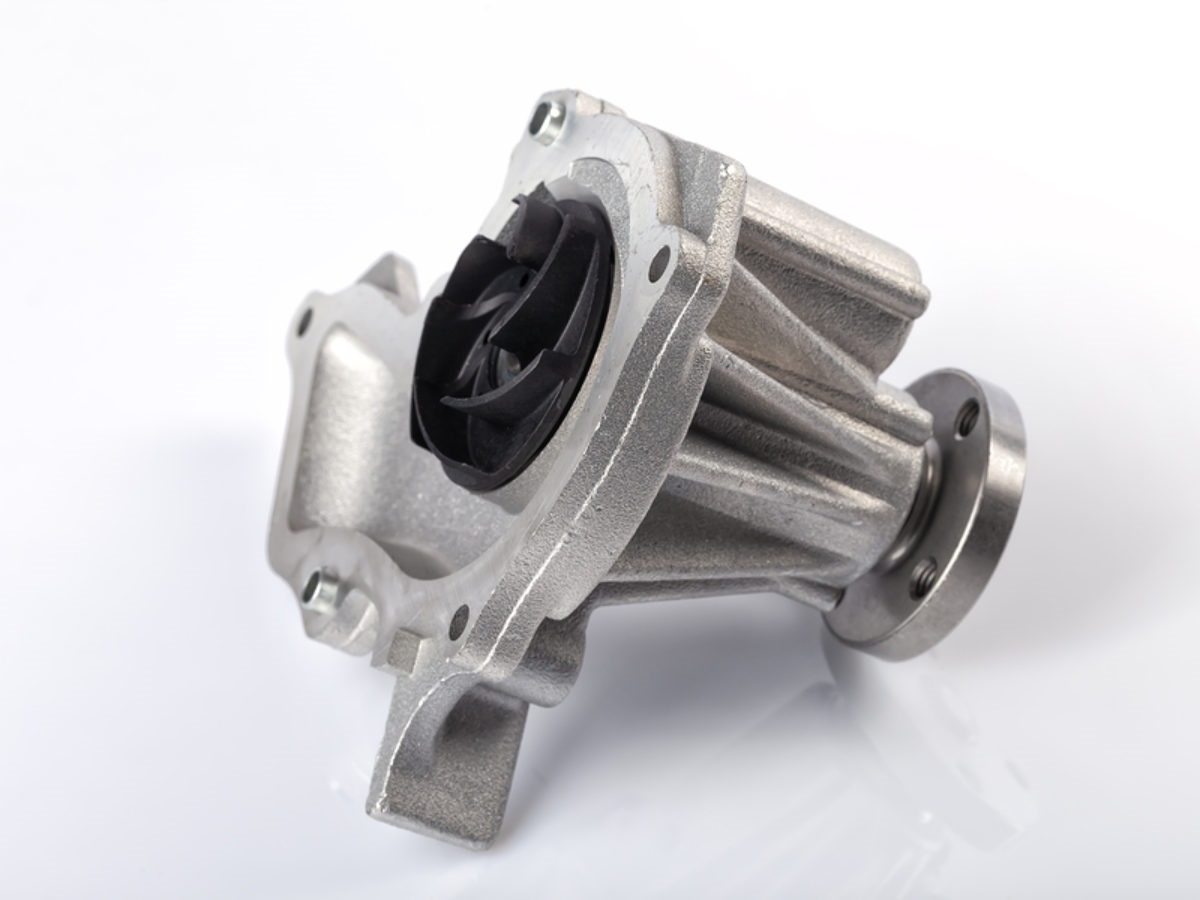
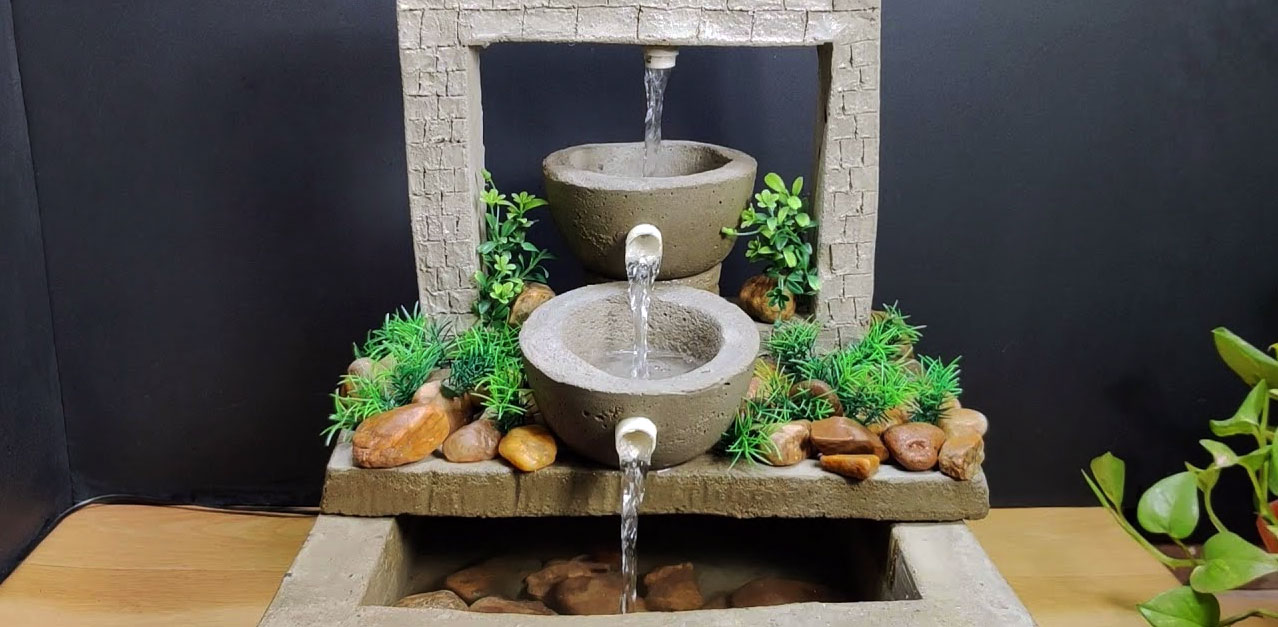
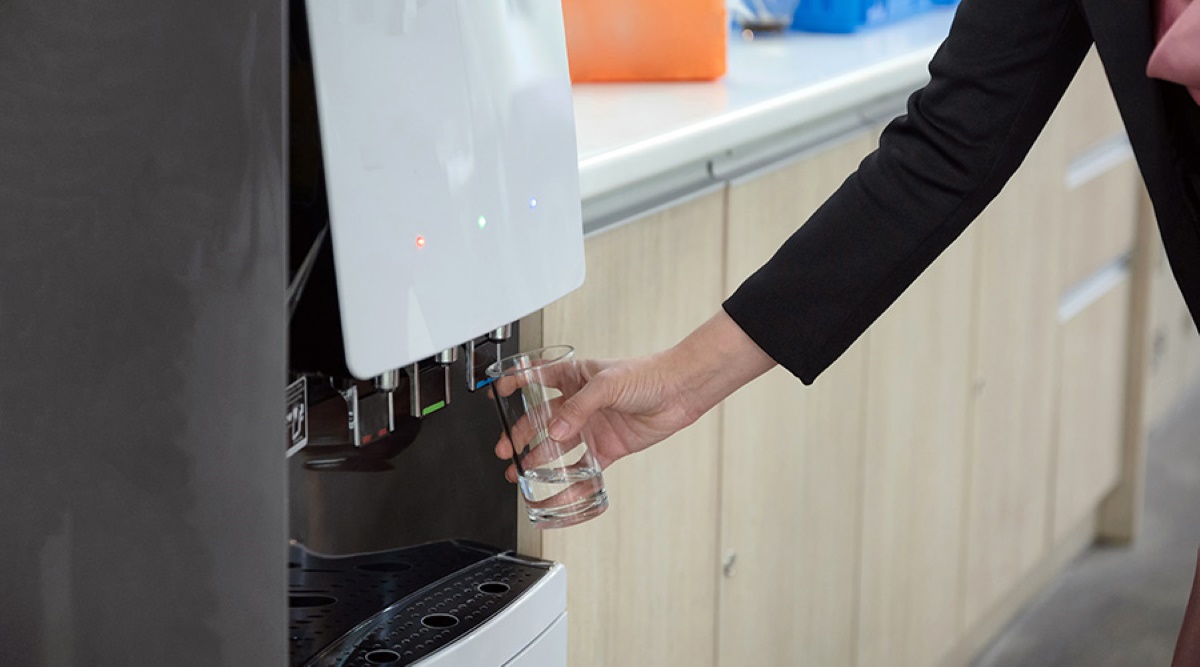
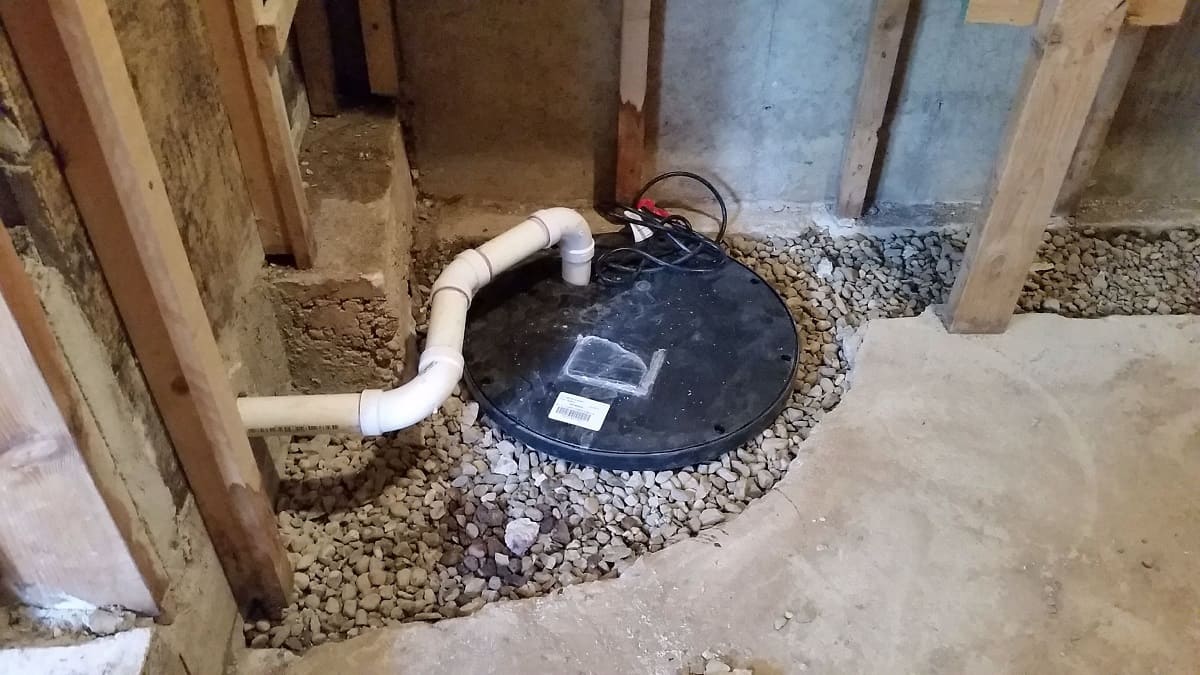
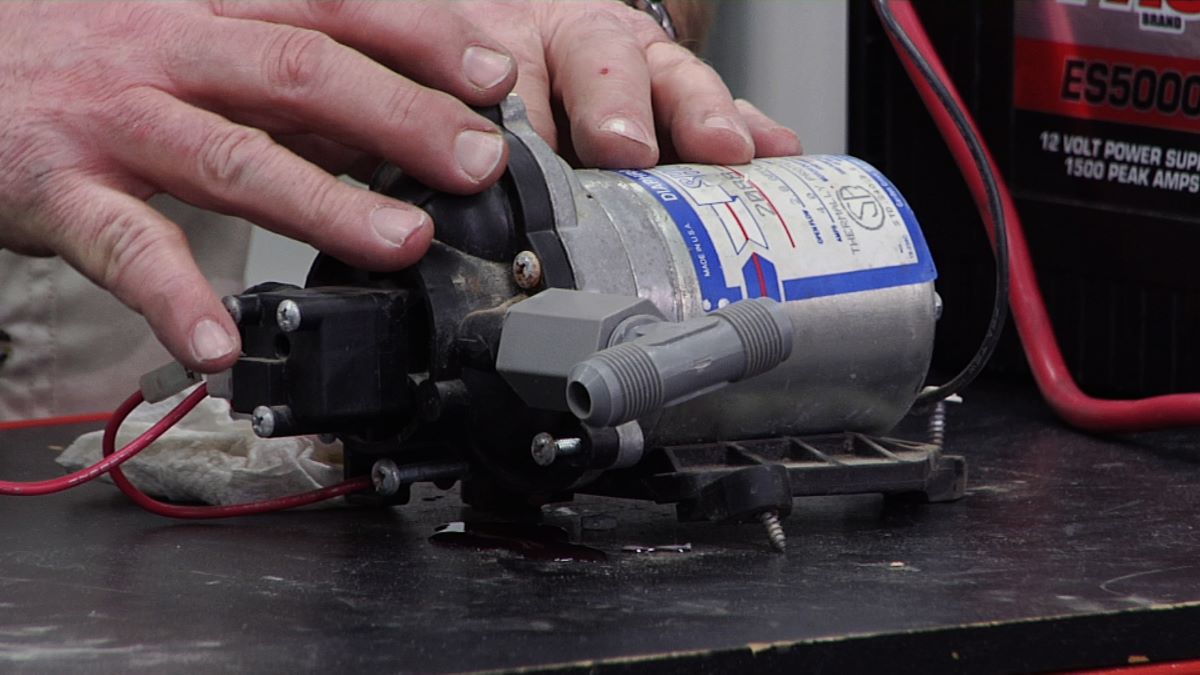
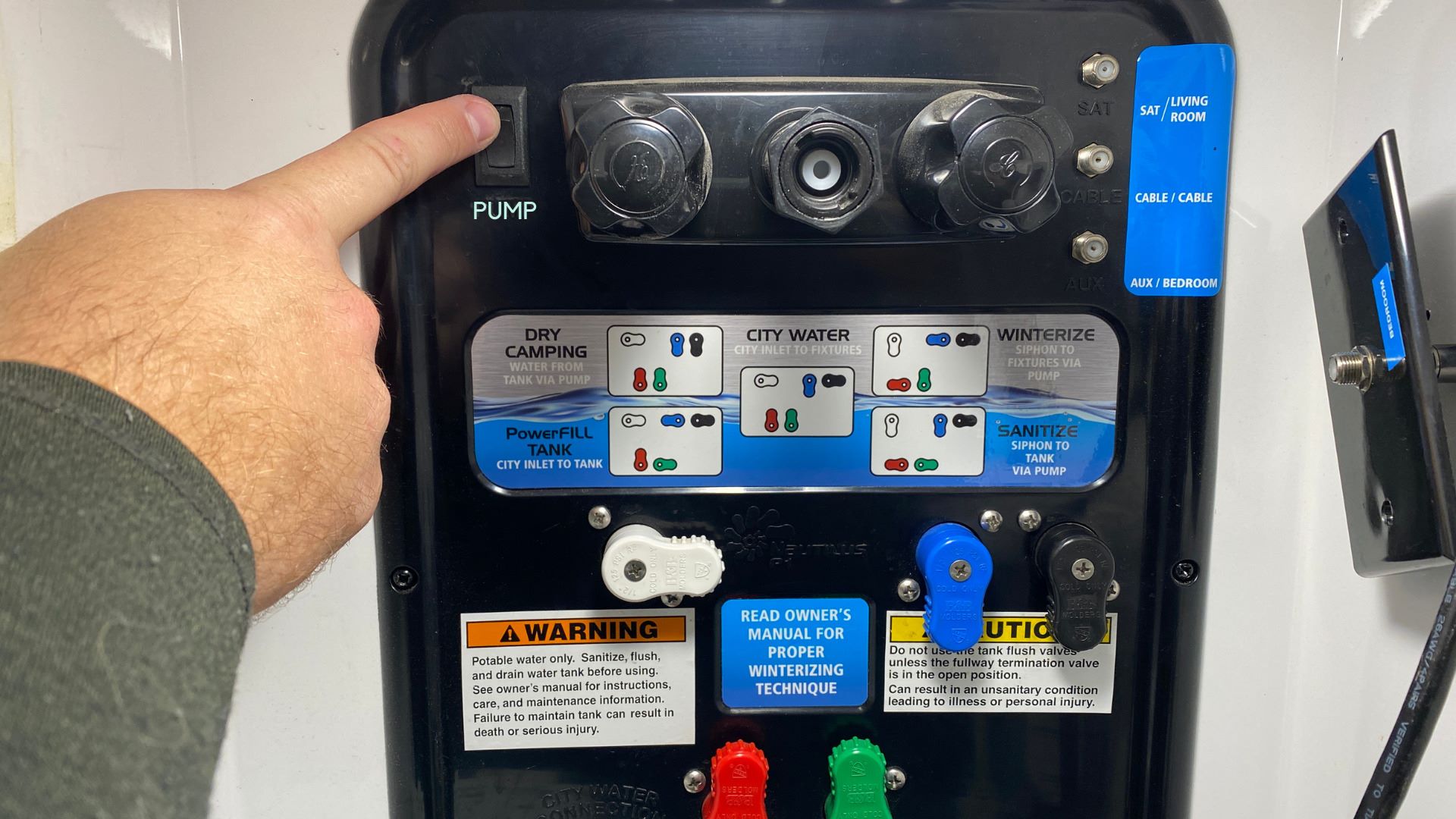

0 thoughts on “How Does Water Pump Work”